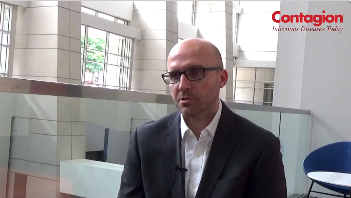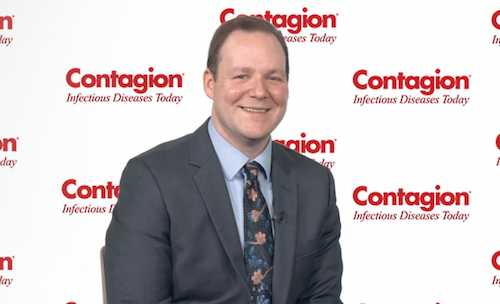
HIV / AIDS
Latest News
Latest Videos

More News
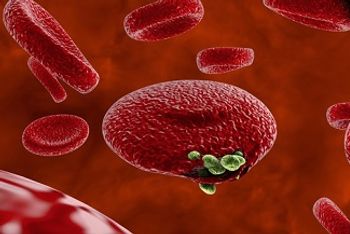
Observations about the body’s response to malaria infection can lead to new treatments for HIV and lupus, investigators believe.

Gregory Felzien, MD, AAHIVS, highlights “clinic champions” who help move patient care forward while facing external constraints.

A patient with HIV and skin lesions should trigger a broad differential.

Investigators have documented growing acceptability among sexual minority men that U=U, but with widespread overestimation of transmission risk.

Carlos del Rio, MD, discusses advances in long-acting antiretrovirals and the costs associated with HIV therapies.
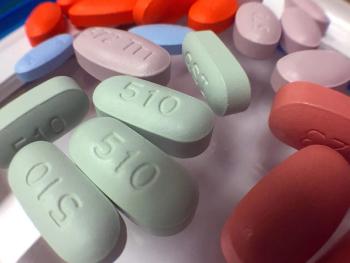
Fifteen years after the launch of a program to help bring HIV treatment to low-income countries, an FDA analysis shows the program is working, but there is room for improvement.

Representatives from the AIDS Care Group discuss the racial disparities that exist in the HIV/AIDS care continuum for women of color, as well as how a peer engagement and retention program can help.

Novel modes of delivery are imperative to improve HIV suppression and prevent transmission.

CDC investigators used HIV surveillance and pharmacy data to examine the status of HIV treatment and prevention in the United States.

On December 3, 2019, the US Department of Health and Human Services announced the launch of program which will provide PrEP to people without prescription drug insurance coverage.

Authors of a new report published by CDC detail barriers to case-based surveillance in policy and technical infrastructure which need to be addressed in order to enhance national efforts surrounding the HIV epidemic.

Treatment-naive patients who are prescribed INSTI-based ART experienced weight gain and systolic blood pressure increases higher than peers on other forms of ART.
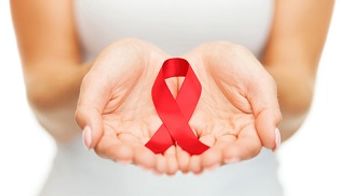
Results from a new study indicate that early antiretroviral therapy treatment provides measurable benefits in infants who acquired HIV via vertical transmission.
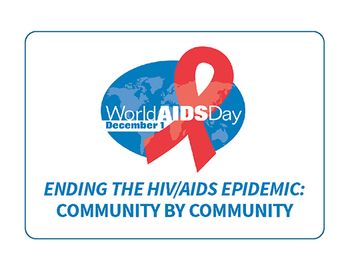
On December 1, 2019, international health organizations reflect on the advancements of the HIV/AIDS research field and acknowledge the challenges that still remain.

People with HIV who contract cryptococcal meningitis and suffer seizures experience greater neurocognitive decline and higher rates of death than those who don’t have seizures.

The survey was designed to provide more information on beliefs and perceptions toward HIV among Generation Z and millennials in the United States.

Distributing free HIV self-tests to men who have sex with men resulted in a sharp increase in the number of infections identified, a new study by the CDC.
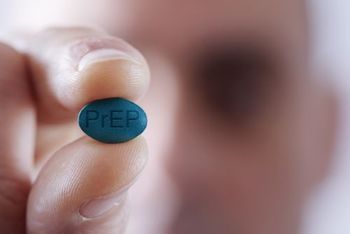
A new study has discovered that PrEP use is associated with lower levels of HIV anxiety in men, a benefit which could be incorporated into initiatives to increase PrEP uptake.

Timothy Ray Brown, also known as the "Berlin Patient" discusses why it's important to push out the message that U=U.

A study found that depressive symptoms are associated with higher incidence of HIV transmission for adolescent girls and young women in South Africa, with familial and social factors mediating this association.

Pamela Gorman, RN, ACRN, discusses how electronic health data and coordinated outreach can be combined to increase retention in care.

TAF causes cholesterol levels to rise, but that includes levels of “good cholesterol” HDL. Researchers concluded that there is no significant difference in cardiovascular risk profiles between people taking TAF and those taking TDF.
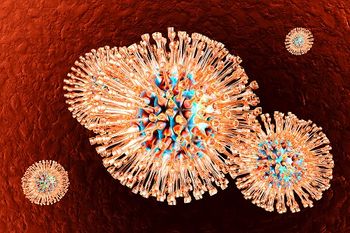
Existing evidence has suggested a strong biological link between HIV and herpes simplex virus 2 infection.

While perinatally acquired HIV occurrence has decreased since the spread of combination antiretroviral regimens, exposure to efavirenz may increase risk of complications.
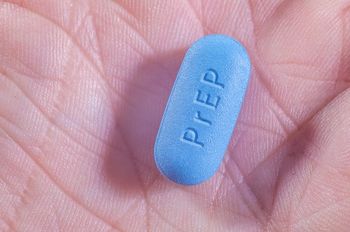
After analyzing electronic medical records from 161 patients across 90 VHA sites, investigators determined that patients initiated 94% of conversations about PrEP.
